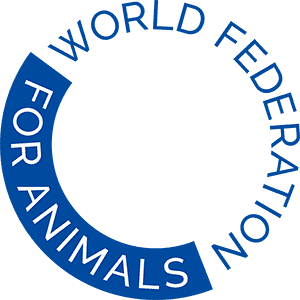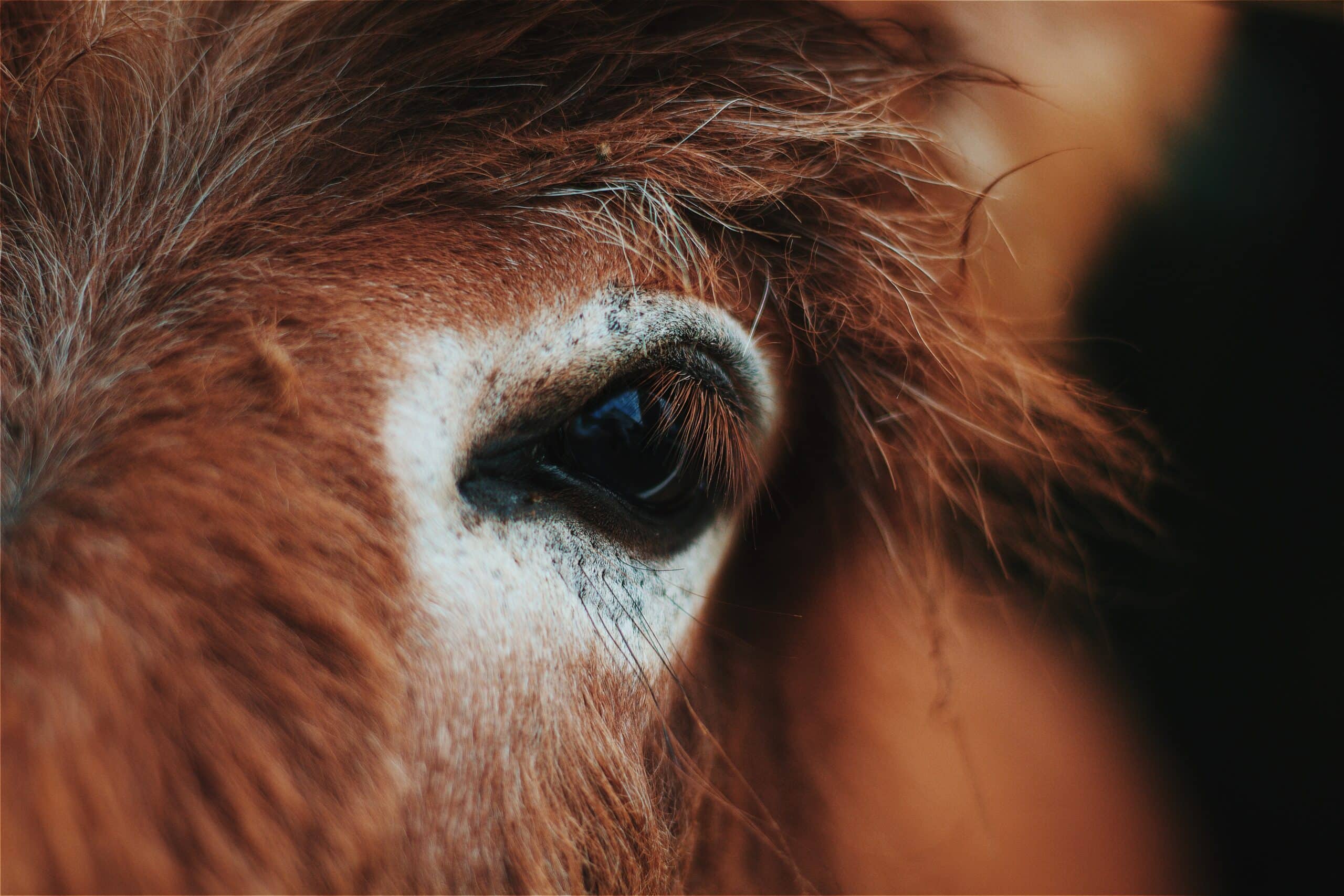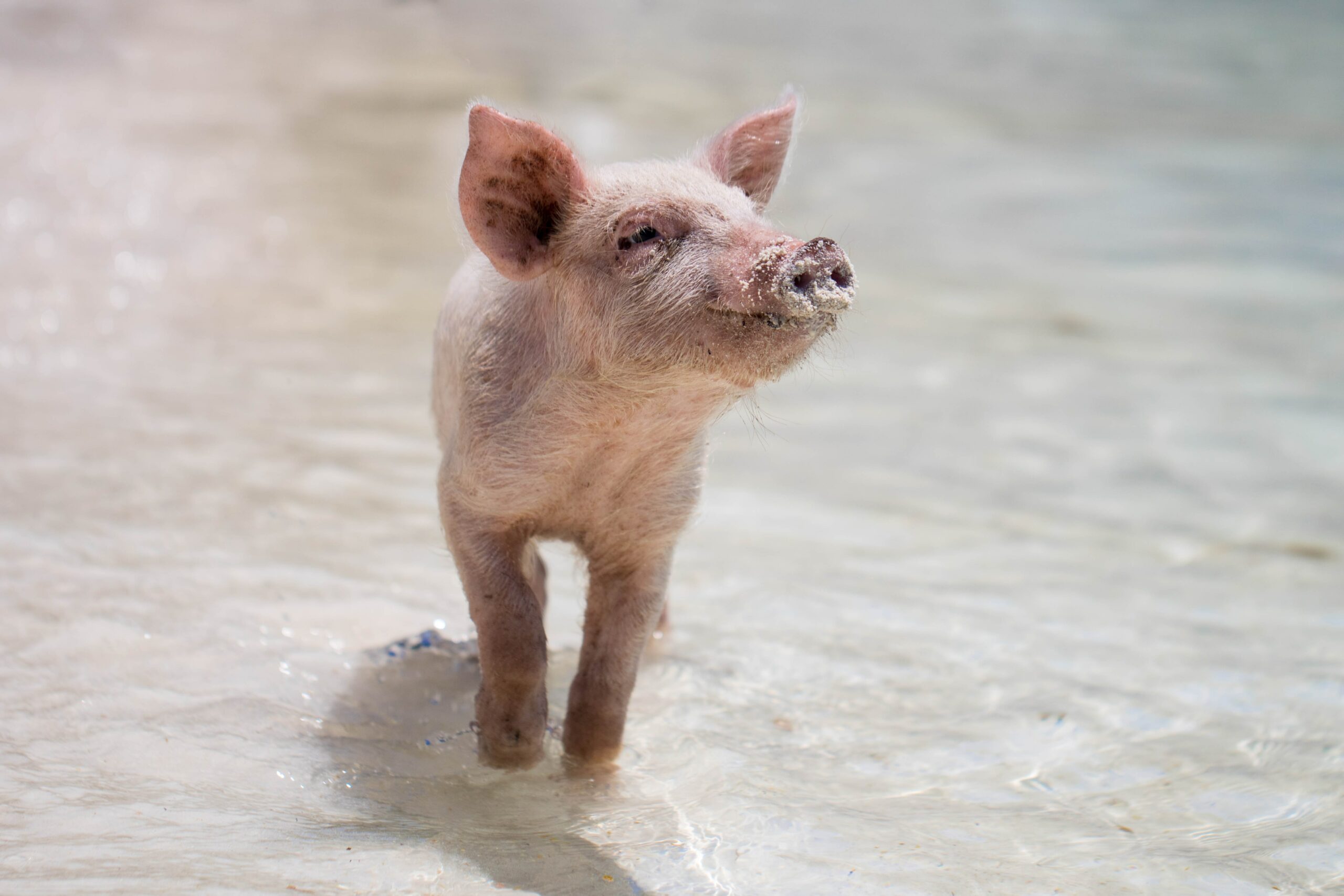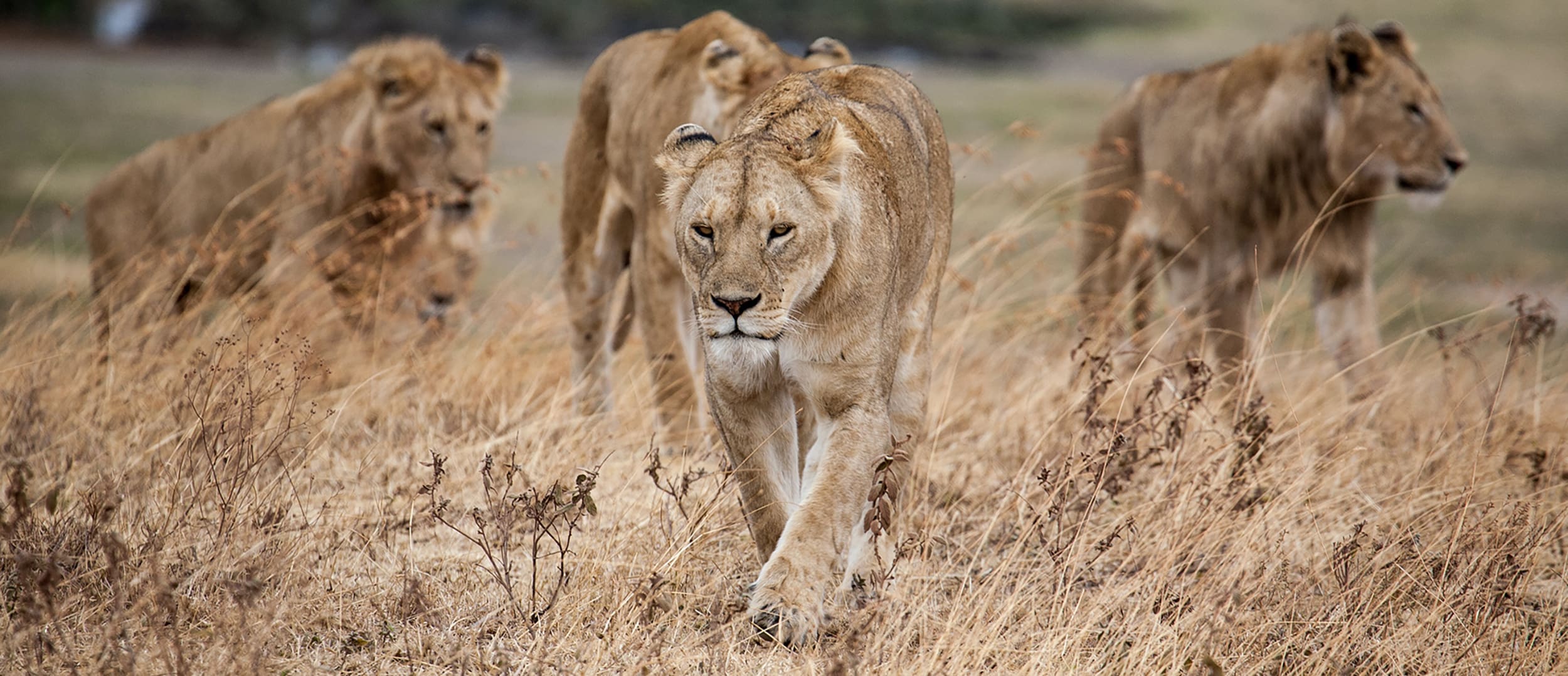Under the theme “Green and just transition for a sustainable recovery”, Public Development Banks (PDBs) met for two days for the Finance in Common Summit.
In support of the PDBs’ commitment to shift strategies and investment patterns to contribute to the SDGs, WFA has offered the Federation’s technical advice and expertise on how to effectively protect the planet while promoting sustainable development. In this brief, prepared with the Aquatic Life Institute, Compassion in World Farming, GAIA, Mercy for Animals, and World Animal Protection, we have shared our vision with several speakers at the Summit, including senior leadership from the Banks. Our vision is built on a wealth of scientific evidence and peer-reviewed studies by the worlds’ top experts, demonstrating the positive impact higher animal welfare can have on these areas.
Our vision of what a green and just transition for a sustainable recovery entails
PDBs’ investments result in better health outcomes & prevent future pandemics by creating a food system where:
- Fortified plant-based agriculture is supported over animal agriculture to meet the immediate and long-term health needs of humans and other animals.
- Genetic selection prioritises animal welfare over production traits, making animals better adapted to cope with the local conditions; genetic selection aimed at growth rate and yields that compromise their health and welfare are avoided.
- Good husbandry practices minimise disease risk and obviate the need for group prophylactic antibiotic use in livestock, reducing the spread of antimicrobial resistance.
- Animal and crop systems are integrated, rather than decoupled, and the use of chemical pesticides and fertilisers is reduced, lowering runoff of pollutants into soil, air, and water sources which negatively affect the health of local communities.
- Water resources are conserved by not raising animals in incompatible ecosystems.
- Improved production practices lead to a healthier environment for communities living near animal production.
PDBs’ investments support food security in a sustainable way by creating a food system where:
- Plant-based proteins, made of grains, nuts, seeds, legumes and vegetables, as well as fermented products and cultivated animal products, have global predominance.
- The protein alternative sector receives significant financial support.
- Animals are not fed human-edible crops or housed on land suitable for the production of human-edible crops. Arable land is used to produce maximum calories and nutrition for human consumption.
- Local, seasonal animal feed, preferably primarily based on grass, by-products, crop residues, naturally occurring algae, and unavoidable food waste, is used. Minimising the use of human-edible crops as animal feed allows crops to be grown less intensively and enable soil and biodiversity restoration while supporting food security.
- No new land is converted for feed production.
PDBs’ investments mitigate climate impacts by creating a food system where:
- Regeneration of soils and water bodies is prioritised and facilitated, and absolute greenhouse gas emissions, pesticide, and fertiliser use, and impact on ecosystems, are minimised. Agroecological or silvopastoral systems are examples of such positive systems.
- Animals in food production are better adapted to local climates and changing conditions due to climate change through the use of dual-purpose breeds.
- Food loss and waste is reduced by, for example, shortening supply chains and reducing by-catch and pre-harvest mortality, particularly for resource-intensive animal products.
- Production and consumption of animal products is reduced, leading to reductions in greenhouse gas emissions. Animals are produced and consumed locally (with short transport distances).
Animal Welfare is integrated into PDBs’ decision-making whereby:
- PDBs regularly use animal welfare impact assessments in project development and approval.
- PDBs have clear animal welfare criteria, accounting for specific species and life stages, which are incorporated into project planning and review.
- PDBs invest in systems where animals are housed in environments in which they are able to exhibit/express their natural behaviour, higher welfare breeds, and slow-growing breeds are used, and slaughter processes minimise causes of distress, such as significant handling or time out of water (for aquatic species) and animals are rendered unconscious prior to being killed.
Photo by Zoe Schaeffer on Unsplash




